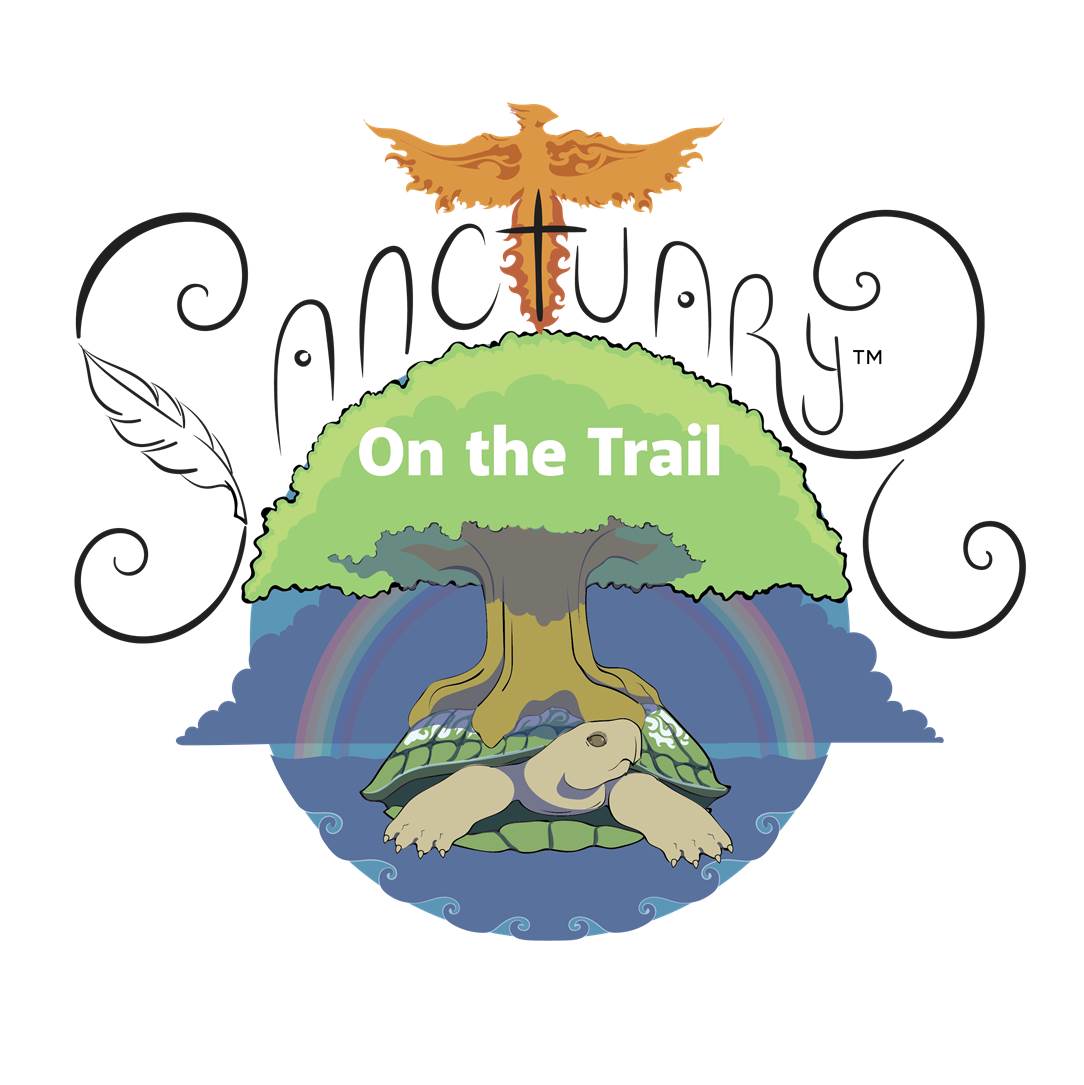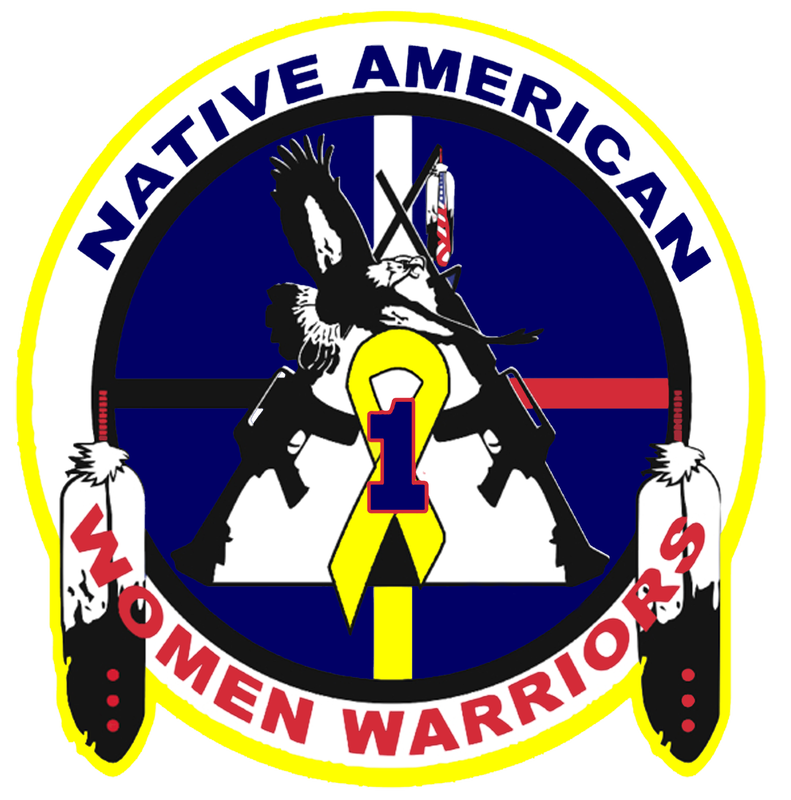.. Analyzing Tommy Orange's There ThereToday, Indian Centers like these are located across the United States. These urban Indian Centers survived the U.S. led Indian Termination Era (1950s - 1960s) and Urban Indian Relocation policies.
Work Cited https://www.ifhurbanrez.org/ https://www.baltimoreamericanindiancenter.org/ The Bay Area has since become one of the largest populations of Intertribal Indians in the country with people coming from communities in the Southwest, Great Plains, and Eastern Woodlands areas.
Work Cited https://bayareaequityatlas.org/about/indigenous-populations-in-the-bay-area https://www.visitoakland.com/things-to-do/neighborhoods/fruitvale/ ... Analyzing Tommy Orange's There ThereOrange's elder characters come from the 1950s - 1960s Indian Termination Era, which included Urban Relocation. The younger cast of characters were born in urban cities as a result of the relocation of their ancestors. Orange is making a point that Urban Indians are Indians too.
Work Cited Wilkins, David. American Indian Politics and the American Political System 4th Edition 2018 Rowman & Littlefield pp. 157-158 and (chart) p. 150-151. |
Discussions, Journals, Articles and ReportsThis page plants truths to help root out and kill outright lies, and lies of omission, taught about American Indians, Alaska Natives and Native Hawaiians. Categories
All
|
|
Special Thanks
Best Friend Forever Angie Ford Advisor, American Indian Literature Dr. Zachary Laminack, Ph.D. UNCP, Assistant Professor of English Dept. of English, Theatre, and World Languages Advisor, American Indian Studies Dr. Jane Melinda Haladay, Ph.D. UNCP, Professor Dept. of American Indian Studies Dept. Chair, American Indian Studies Dr. Mary Ann Jacobs, (Lumbee), Ph.D. UNCP, Dept. Chair and Professor, American Indian Studies |
Produced by
University of North Carolina at Pembroke Students as an American Indian Studies Student Project by Best Friends Rene' Locklear White (Lumbee) and Angie Ford This Website Contains Mature Subject Matter that Every American and the World Should Know Updated 2025 |
|
Web Hosting by iPage Sanctuary on the Trail™ P.O. Box 123 Bluemont VA 20135 www.SanctuaryontheTrail.org
Hosted by Rene Locklear White www.HarvestGathering.org www.NativeFoodTrail.org www.NewTribeRising.org |






 RSS Feed
RSS Feed

